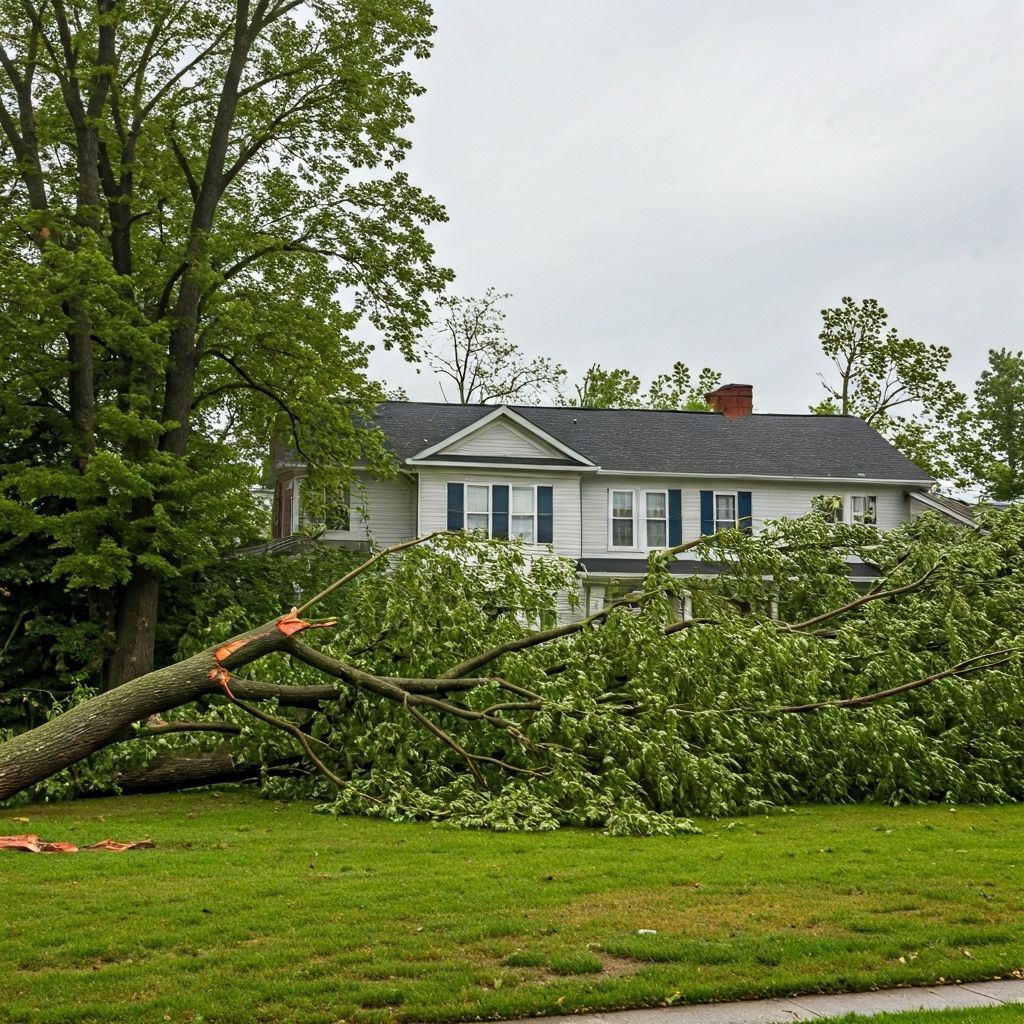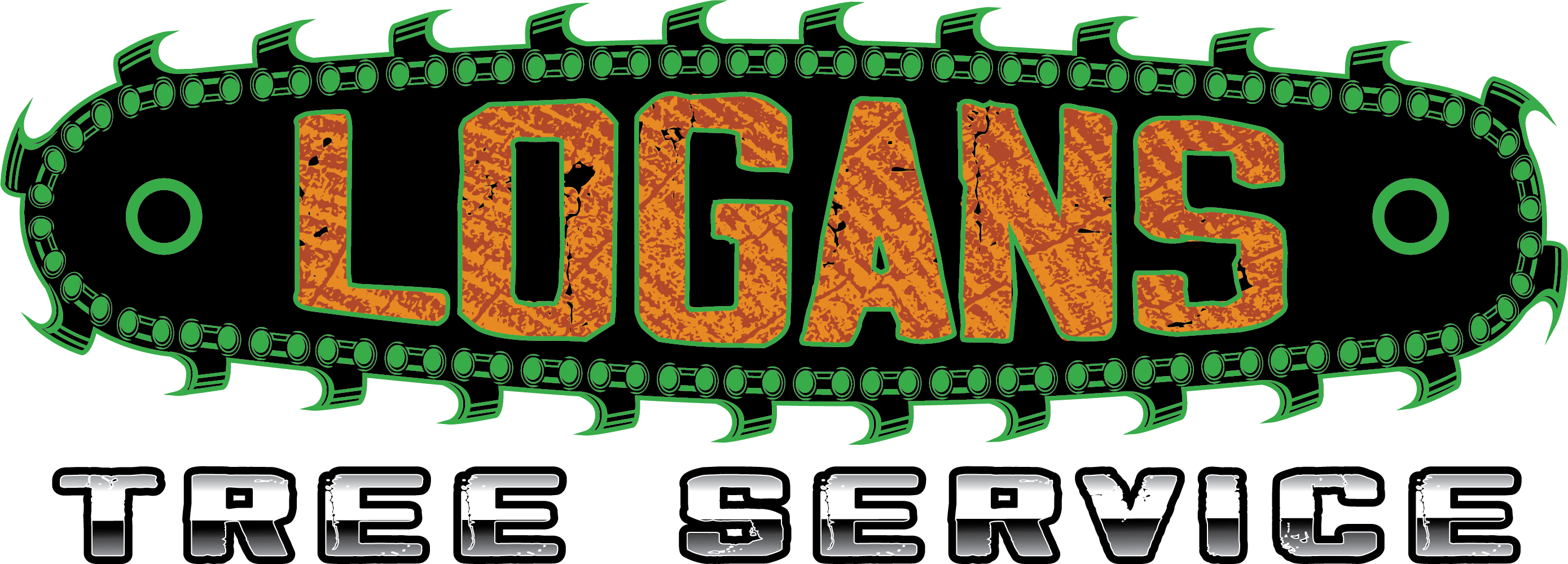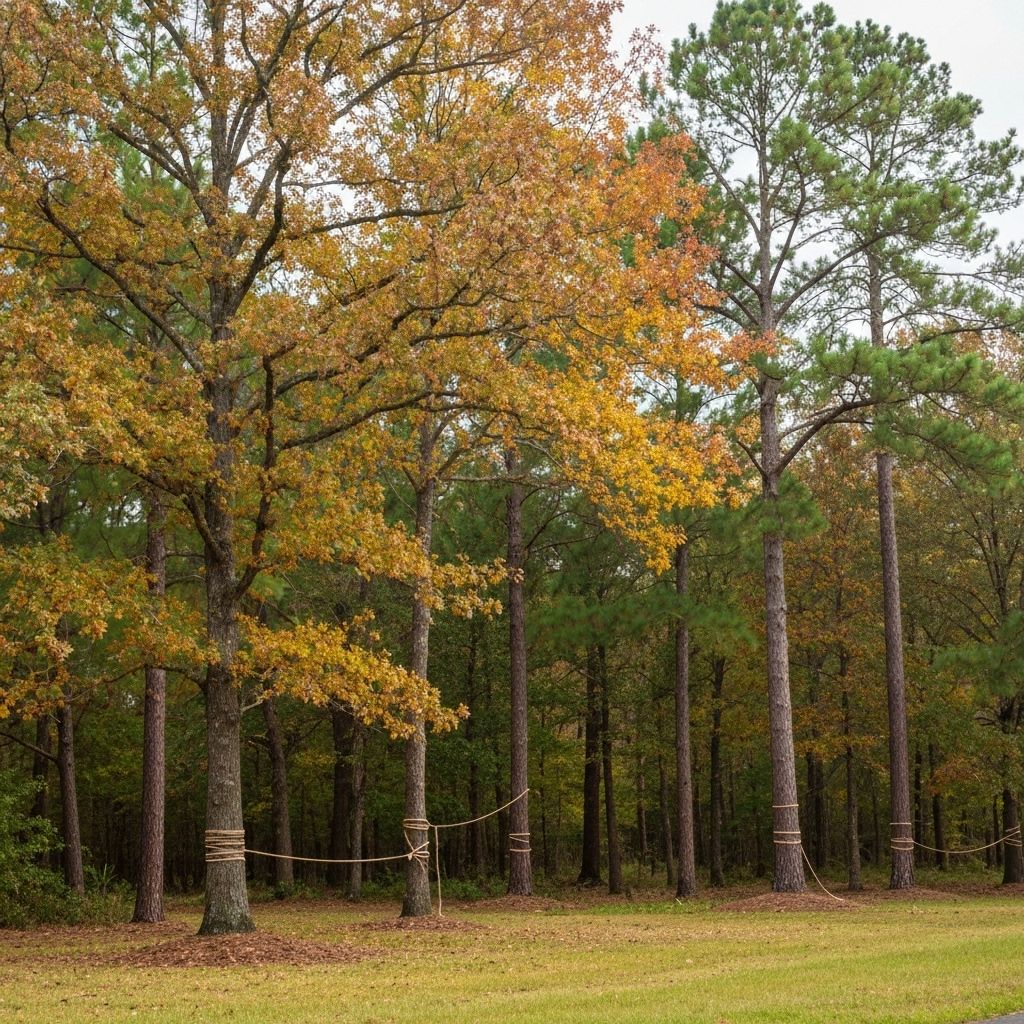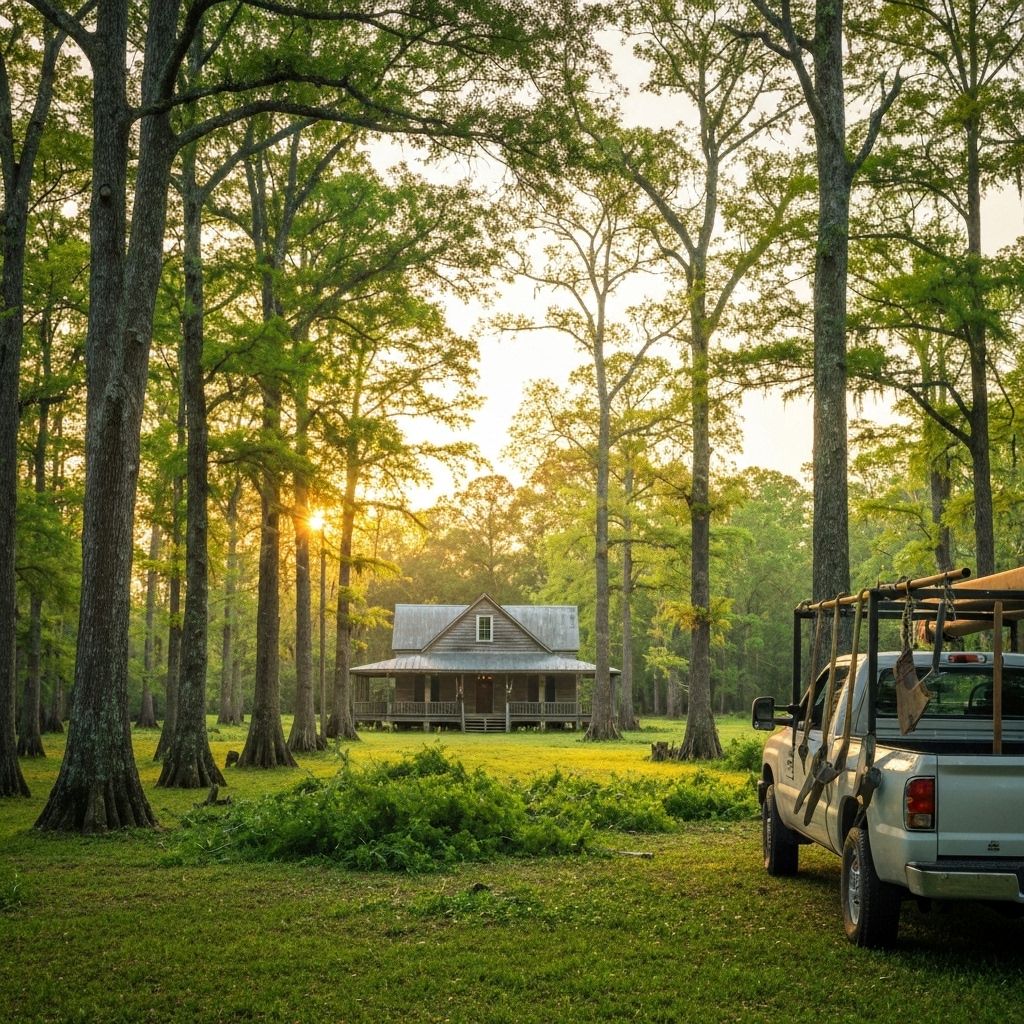
A falling tree can cause catastrophic damage to your home, vehicles, and even threaten lives. In Louisiana's climate, with frequent storms and high humidity, trees face unique stresses that can compromise their structural integrity. Learning to recognize the warning signs can save you thousands in damage and keep your family safe.
Safety First
If you notice any of these signs, keep people and vehicles away from the tree and contact a professional immediately. Never attempt to remove a hazardous tree yourself.
Sign #1: Visible Lean or Sudden Leaning
What to Look For:
- Sudden lean: A tree that was previously straight now leans significantly
- Increasing lean: A tree that's leaning more each year
- Severe lean: Trees leaning more than 15 degrees from vertical
- Root exposure: Roots lifting on one side, soil mounding on the other
Why It's Dangerous: Leaning trees indicate compromised root systems or structural failure. In Louisiana's clay soil, saturated conditions from heavy rains can cause sudden tree failure.
Louisiana-Specific Concerns: Our frequent thunderstorms and hurricanes put extra stress on leaning trees. What might be stable in dry conditions becomes extremely dangerous during storms.
Sign #2: Dead, Dying, or Missing Bark
What to Look For:
- Large sections of missing bark: Especially on the trunk
- Peeling or falling bark: Bark that comes off easily
- Discolored bark: Dark, wet, or unusual coloring
- Fungal growth: Mushrooms or conks growing on the trunk
- Insect damage: Holes, sawdust, or insect activity
Why It's Dangerous: Bark protects the tree's vital transport systems. Significant bark damage indicates disease, pest infestation, or physical damage that compromises the tree's structural integrity.
Common Louisiana Tree Diseases
- Oak Wilt: Rapid wilting and death of oak trees
- Fire Blight: Affects fruit trees, causes branch dieback
- Root Rot: Common in poorly drained Louisiana soils
- Canker Diseases: Cause bark damage and structural weakness
Sign #3: Large Dead Branches or "Widow Makers"
Dead branches, especially large ones, are extremely dangerous. In the tree care industry, we call large dead branches "widow makers" because of their potential to cause fatal injuries.
What to Look For:
- Branches without leaves: During growing season, branches that don't leaf out
- Brittle branches: Branches that break easily or make cracking sounds
- Hanging branches: Partially broken branches still attached to the tree
- Multiple dead branches: Several dead branches indicate overall tree decline
- Large diameter dead wood: Dead branches over 4 inches in diameter
Louisiana Weather Factor: Our frequent thunderstorms, ice storms, and hurricanes can cause sudden branch failure. Dead branches become projectiles during storms, threatening property and lives.
Sign #4: Root Problems and Soil Issues
Root problems are often invisible until it's too late. In Louisiana's unique soil conditions, root issues are particularly common.
What to Look For:
- Exposed roots: Major roots visible above ground
- Root decay: Soft, spongy, or discolored roots
- Soil changes: Mounding, cracking, or sinking around the tree
- Construction damage: Recent construction near the tree
- Fungal growth: Mushrooms growing near the base
- Poor drainage: Standing water around the tree
Louisiana Soil Challenges
Clay Soil: Poor drainage leads to root rot and instability during wet periods.
Seasonal Changes: Soil expansion and contraction can damage root systems.
High Water Table: Shallow root systems make trees more susceptible to wind damage.
Sign #5: Structural Defects and Weak Branch Unions
Structural defects in trees can lead to sudden, catastrophic failure. These defects often develop over years but can fail without warning.
What to Look For:
- Codominant stems: Two or more main trunks with weak connections
- Included bark: Bark growing between branch unions
- Cracks or splits: Visible cracks in the trunk or major branches
- Cavities or hollows: Large holes or hollow sections in the trunk
- Weak branch angles: Branches attached at narrow angles
- Previous storm damage: Trees damaged in previous storms
Storm Vulnerability: Louisiana's severe weather puts enormous stress on trees with structural defects. What holds during calm weather can fail catastrophically during storms.
Additional Warning Signs
Environmental Stress Indicators:
- Premature leaf drop: Leaves falling before normal autumn timing
- Sparse foliage: Thin canopy or reduced leaf size
- Off-season growth: Unusual growth patterns
- Pest infestations: Heavy insect activity or damage
- Lightning damage: Scorch marks or bark damage from lightning
Location-Based Risk Factors:
- Proximity to structures: Trees within falling distance of buildings
- Power line interference: Trees growing into or near power lines
- High traffic areas: Trees over driveways, sidewalks, or gathering areas
- Property line trees: Trees that could damage neighbor's property
💡 Professional Assessment
Many tree hazards aren't visible to untrained eyes. A certified arborist can identify problems you might miss and recommend appropriate action before it's too late.
When to Call for Emergency Removal
Some situations require immediate professional attention:
- Sudden leaning after storms
- Large branches hanging or partially broken
- Trees touching power lines
- Cracks or splits in the main trunk
- Trees blocking roads or driveways
- Any tree that poses immediate danger
The Cost of Waiting
Delaying tree removal when warning signs are present can result in:
- Property damage: Roof, vehicle, or structural damage
- Personal injury: Risk to family members and visitors
- Insurance issues: Preventable damage may not be covered
- Higher costs: Emergency removal costs more than planned removal
- Legal liability: Responsibility for damage to neighbor's property
Professional Tree Risk Assessment
At Logan's Tree Service, our certified arborists use systematic approaches to evaluate tree risk:
- Visual inspection: Comprehensive examination of the entire tree
- Risk rating: Assessment of failure probability and consequences
- Mitigation options: Removal, pruning, or monitoring recommendations
- Documentation: Written reports for insurance and records
- Follow-up monitoring: Scheduled re-evaluations for at-risk trees
We serve all of Acadiana, from New Iberia to Lafayette, and understand the unique challenges facing trees in our region. Our experience with Louisiana's climate, soil conditions, and weather patterns helps us identify risks that others might miss.
Concerned About a Tree on Your Property?
Don't wait for disaster to strike. Get a professional tree risk assessment today.


